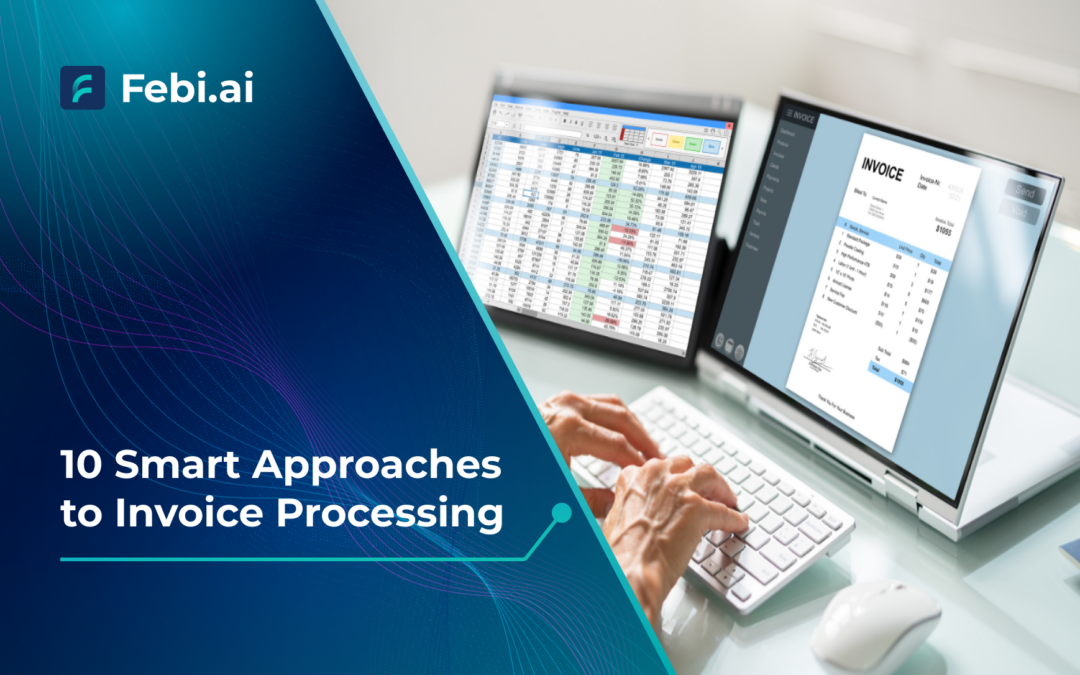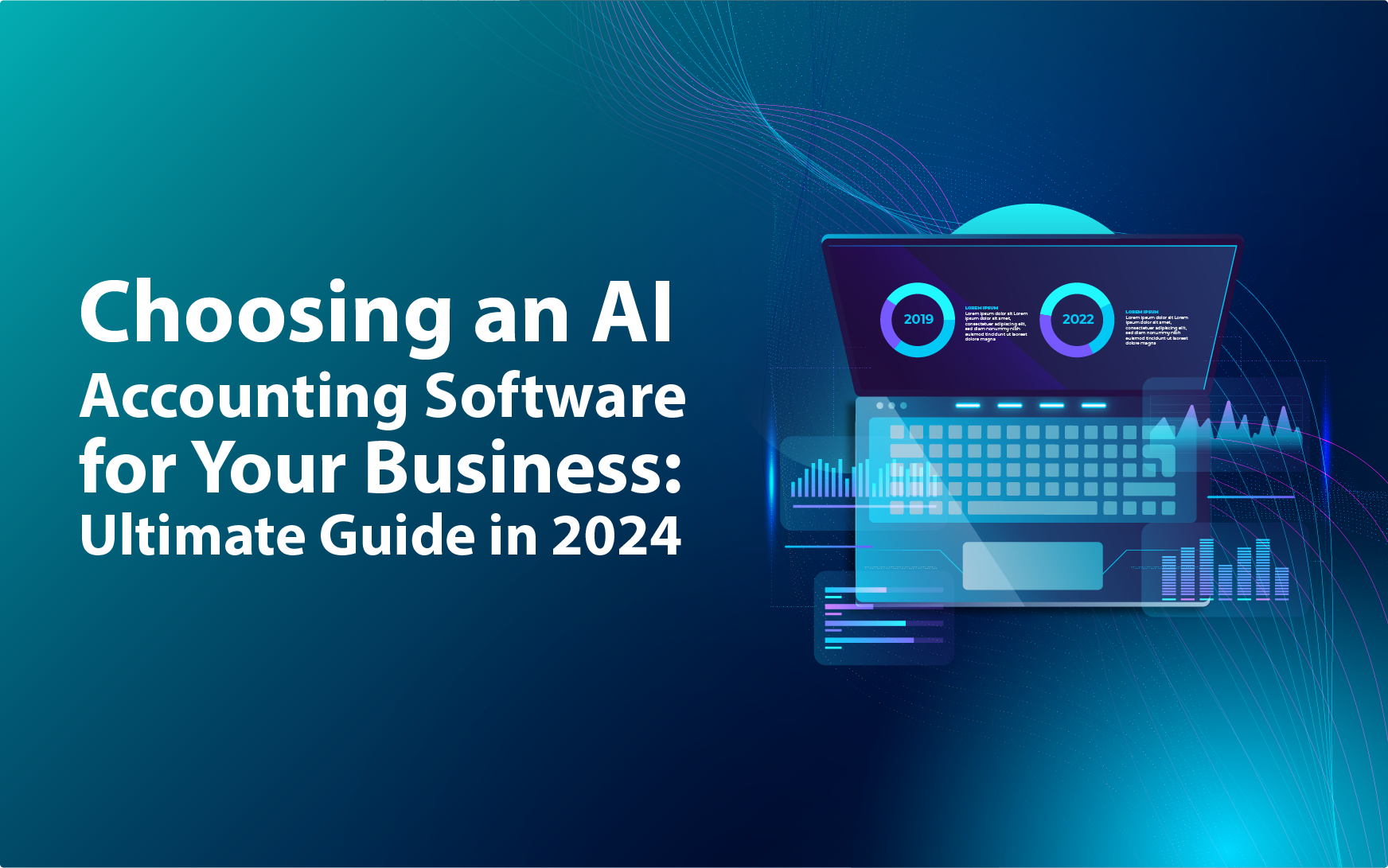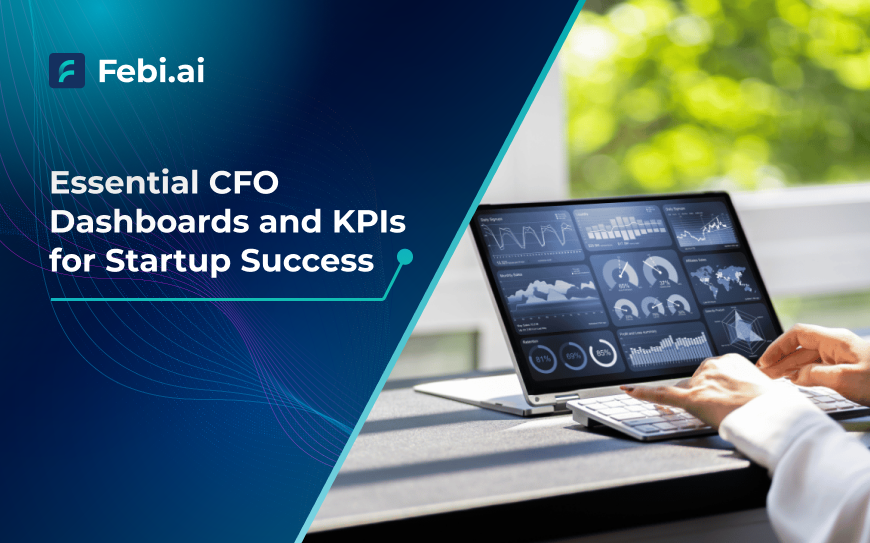Imagine if managing invoices was no longer a source of stress but a streamlined process to empower your business to thrive. Contrary to popular belief of most small and medium-sized business entrepreneurs—invoice processing doesn’t have to be tedious—it can become a strategic advantage. If you invest in the right tools and strategies, you can turn this essential function into an easy, efficient, and error-free operation.
In this blog, we have curated actionable insights and innovative invoicing approaches to completely change your invoice processing. From automation to smarter workflows, get ready to discover how you can save time, reduce processing costs and most importantly, boost financial accuracy in your business.
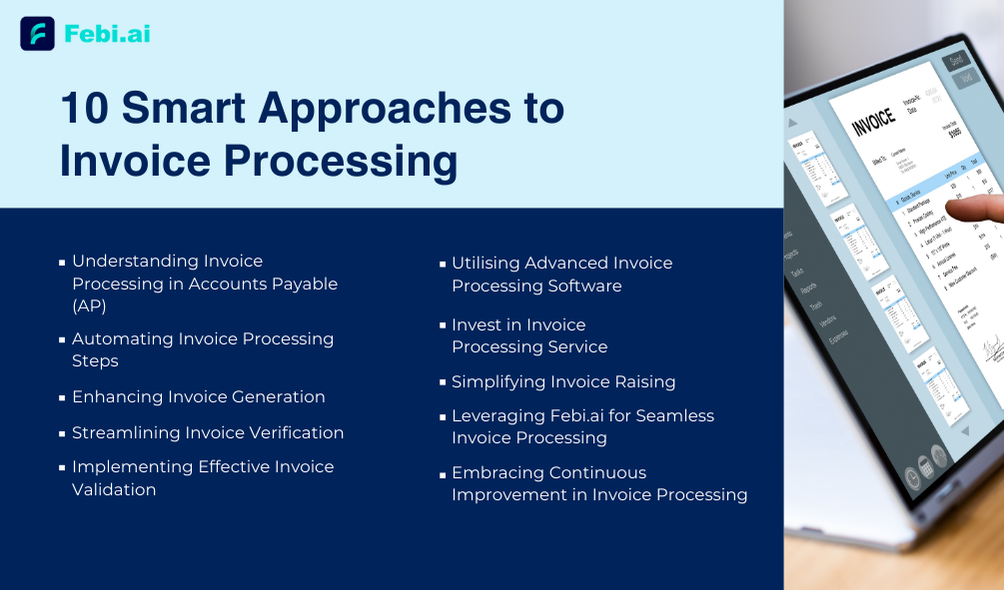
1. Understanding Invoice Processing in Accounts Payable (AP)
Processing invoices in accounts payable involves a series of steps to manage supplier invoices from receipt to payment.
This process includes:
- Receipt of Invoice: Receiving invoices from suppliers through mail, email, or electronic data interchange (EDI).
- Invoice Recording: Entering invoice details into the accounting system.
- Invoice Verification Process: Checking the accuracy of invoice details against purchase orders and delivery receipts.
- Approval Workflow: Routing invoices to the appropriate personnel for approval.
- Payment Processing: Scheduling and executing payments to suppliers.
- Record Keeping: Storing invoice records for future reference and audit purposes.
By understanding these steps, businesses can identify areas for improvement and implement strategies to enhance efficiency.
2. Automating Invoice Processing Steps
Automation in invoicing can greatly reduce the time and efforts it generally takes you to process invoices. For this, you need an online billing software that automatically implements invoice processing to handle repetitive tasks, such as data entry, verification, and routing for approval.
Key benefits of automation include:
- Increased Speed: Processes invoices quicker compared to manual methods.
- Improved Accuracy: Automation reduces the risk of human errors.
- Cost Savings: Less manual labour means lower operational costs.
- Better Compliance: Automated systems ensure adherence to company policies and regulatory requirements.
3. Enhancing Invoice Generation Process
The process of invoice generation is optimised when you choose customisable templates, using software that integrates with your accounting system. This is far better compared to manual invoices that require hours of time and are prone to human errors.
Imagine the accountant entered a number 4221, instead of 4421. This not only affects the invoice but also results in reconciliation errors that are often hard to find later.
4. Streamlining Invoice Verification Process
The invoice verification process is extremely important to ensure that you have seamless and error-free financial operations. It also helps you to avoid making mistakes and build and maintain strong supplier relationships by making sure—every invoice aligns with what was ordered and delivered.
A three-way matching system makes this process simple and reliable:
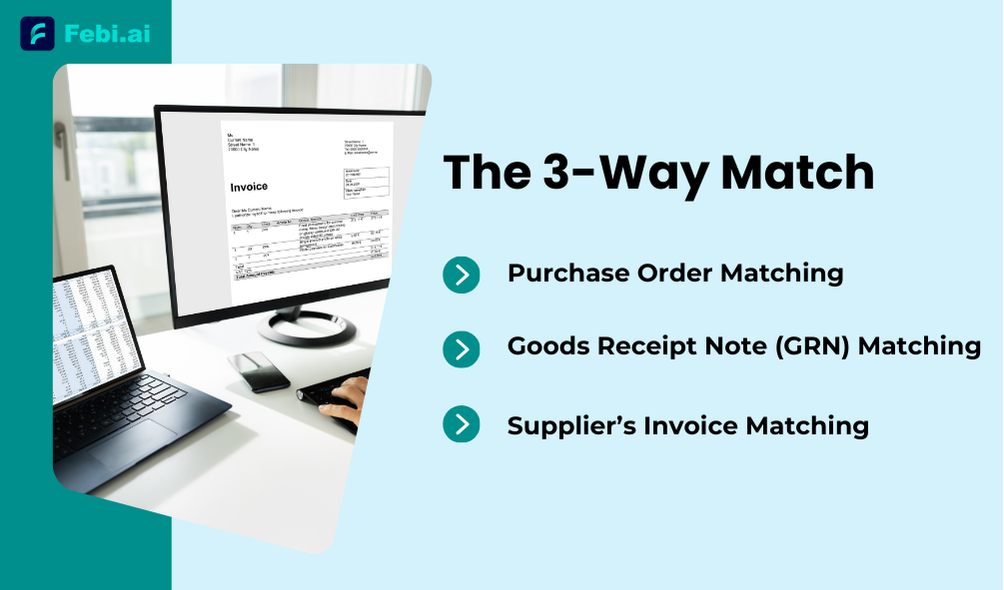
- Purchase Order Matching: Double-check that the invoice matches the agreed quantities, prices, and terms in the purchase order—no surprises, no mistakes.
- Goods Receipt Note (GRN) Matching: Verify that what you received is exactly what was promised—right quantity, quality, and description.
- Supplier’s Invoice Matching: Bring it all together by ensuring the invoice matches both the purchase order and the goods receipt before giving the green light for payment.
This system doesn’t just save time—it builds trust, reduces stress, and keeps your business running smoothly.
5. Implementing Effective Invoice Validation Process
An effective invoice validation process involves checking invoices for accuracy, completeness, and compliance with company policies. Key elements of this process include:
- Data Validation: Ensure that all required fields are filled and that the information is accurate.
- Compliance Check: Verify that the invoice complies with internal policies and external regulations.
- Fraud Detection: Implement measures to detect and prevent fraudulent invoices.
6. Utilising Advanced Invoice Processing Software
Investing in advanced invoice processing software can go a long way in enhancing your processing process. Here are some of the features you should look for in the software:
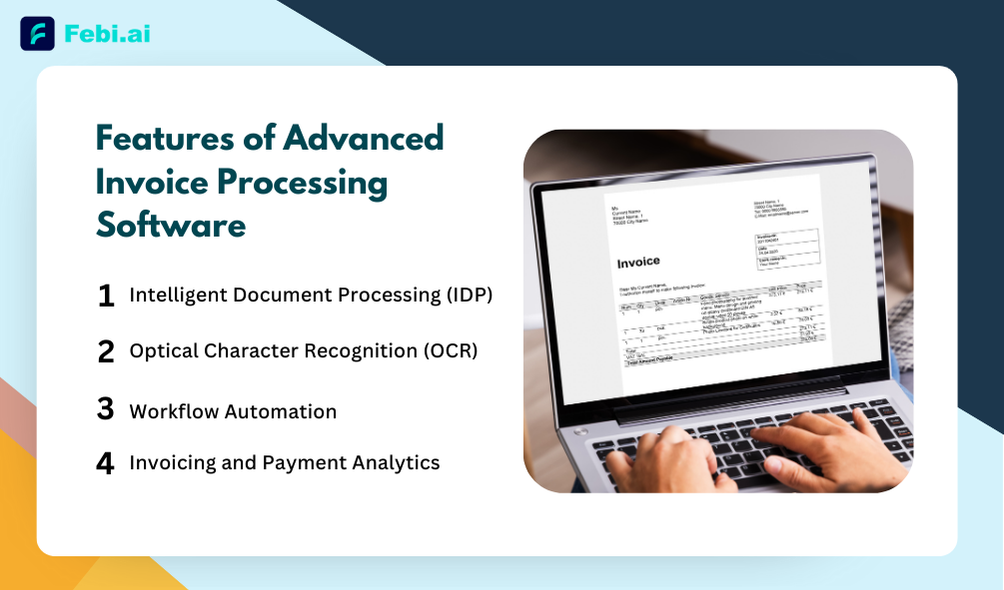
- Intelligent Document Processing (IDP): IDP is the most advanced game-changer technology for invoice processing in accounting. It automates data extraction from various invoice formats, including structured and unstructured data, with high accuracy. Eliminating manual data entry and reducing errors, IDP accelerates invoice approval, payment cycles, and overall financial efficiency.
- Optical Character Recognition (OCR): Automatically extracts data from scanned invoices, however, it is not as advanced and useful as IDP.
- Workflow Automation: Route invoices for client approval and payment automatically, send payment reminders automatically to the client, which means you no longer have to spend manual hours in managing and sending reminders for payments.
- Invoicing and Payment Analytics: Provides insights into invoice processing performance and identifies areas for enhancements.
7. Invest in Invoice Processing Service
For startups and companies looking to outsource, invoice processing services offer a viable solution. These services handle the entire processing cycle, allowing businesses to focus on core activities. We’d recommend choosing an invoice processing in accounting software over doing it in-house as it saves effort, cost and time. Using a smart invoicing tool such as Febi.ai, you can streamline your entire process.
Benefits of using Febi’s smart invoicing capabilities are:
- Enhanced Efficiency: Automate repetitive tasks such as data entry and invoice designing, reducing the time spent on manual processing.
- Improved Accuracy: Utilise advanced algorithms to minimise errors in invoice data and ensure accurate matching with purchase orders and delivery receipts.
- Real-Time Insights: Gain access to real-time analytics and reporting to monitor performance and identify areas for improvement.
- Cost Savings: Reduce operational costs by eliminating the need for extensive manual oversight and leveraging AI-driven processes.
- Faster Approvals: Speed up the payment cycle with automated workflows that help you identify pending invoices instantly and raise reminders whenever necessary.
- Seamless Integration: Connect effortlessly with your accounting tools and banking for a smooth, end-to-end invoicing experience.
8. Simplifying Invoice Raising Process
The invoice raising process can be simplified by adopting best practices such as:
- Standardised Templates: Use consistent templates for all invoices.
- Clear Communication: Ensure that all necessary details are clearly communicated to avoid confusion.
- Timely Submission: Submit invoices promptly to avoid delays in payment.
9. Leveraging Febi.ai for Seamless Invoice Processing
Febi.ai not only offers smart invoicing capabilities but also integrates seamlessly with your existing financial systems. Here’s how Febi.ai enhances invoice processing:
- Integration with Accounting Systems: Easily integrates with its accounting capabilities, ensuring that your invoice data flows smoothly between systems. Febi.ai offers automated accounting and financial management capabilities.
- Customizable Workflow Automation: Tailor workflows to match your specific needs, from invoice approval to payment processing.
- Scalability: Adjust the system’s capabilities as your business grows, ensuring that you always have the right tools to handle your invoice processing needs efficiently.
10. Embracing Continuous Improvement in Invoice Processing
To continually improve invoice processing in accounting, businesses should focus on:
- Training Staff: Make sure your employees are well-trained in invoice processing best practices and the latest technologies. Automation removes unnecessary human-involvement in creation and processing, cutting down staff training time and cost.
- Leveraging Technology: Regularly review and update processes to incorporate new technologies and methodologies, such as those offered by Febi.ai.
- Performance Monitoring: Track key performance indicators (KPIs) to measure and identify all areas where you can improve.

Table of Contents
Transform Your Invoicing and Payments Process
Embracing automation and leveraging advanced smart in software solutions are key steps toward achieving a more efficient and effective invoice processing system. Leverage smart invoicing techniques to make your invoicing and payment collection proactive and seamless as ever.
Take your business to new heights with Febi.ai.
